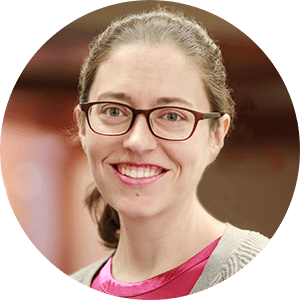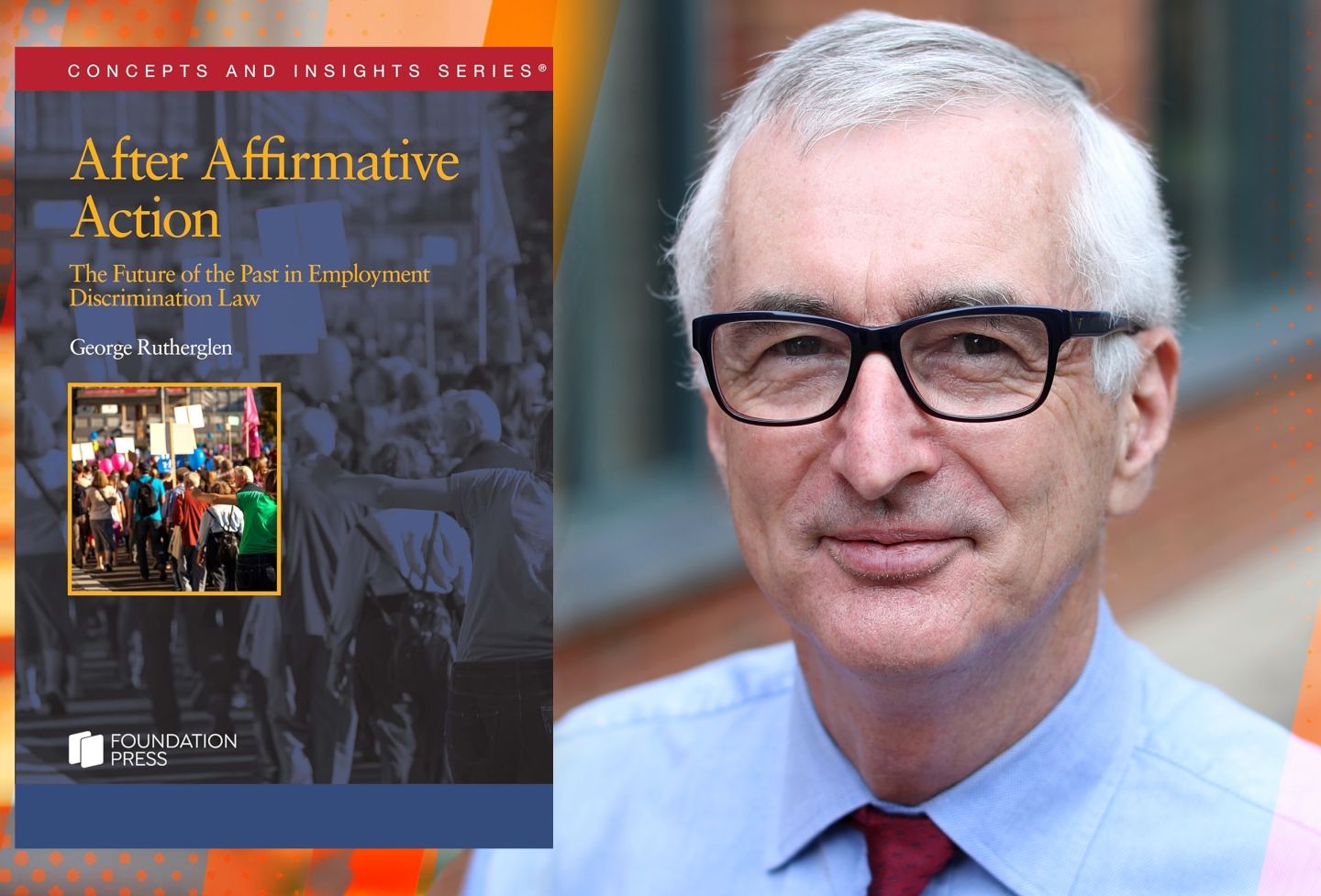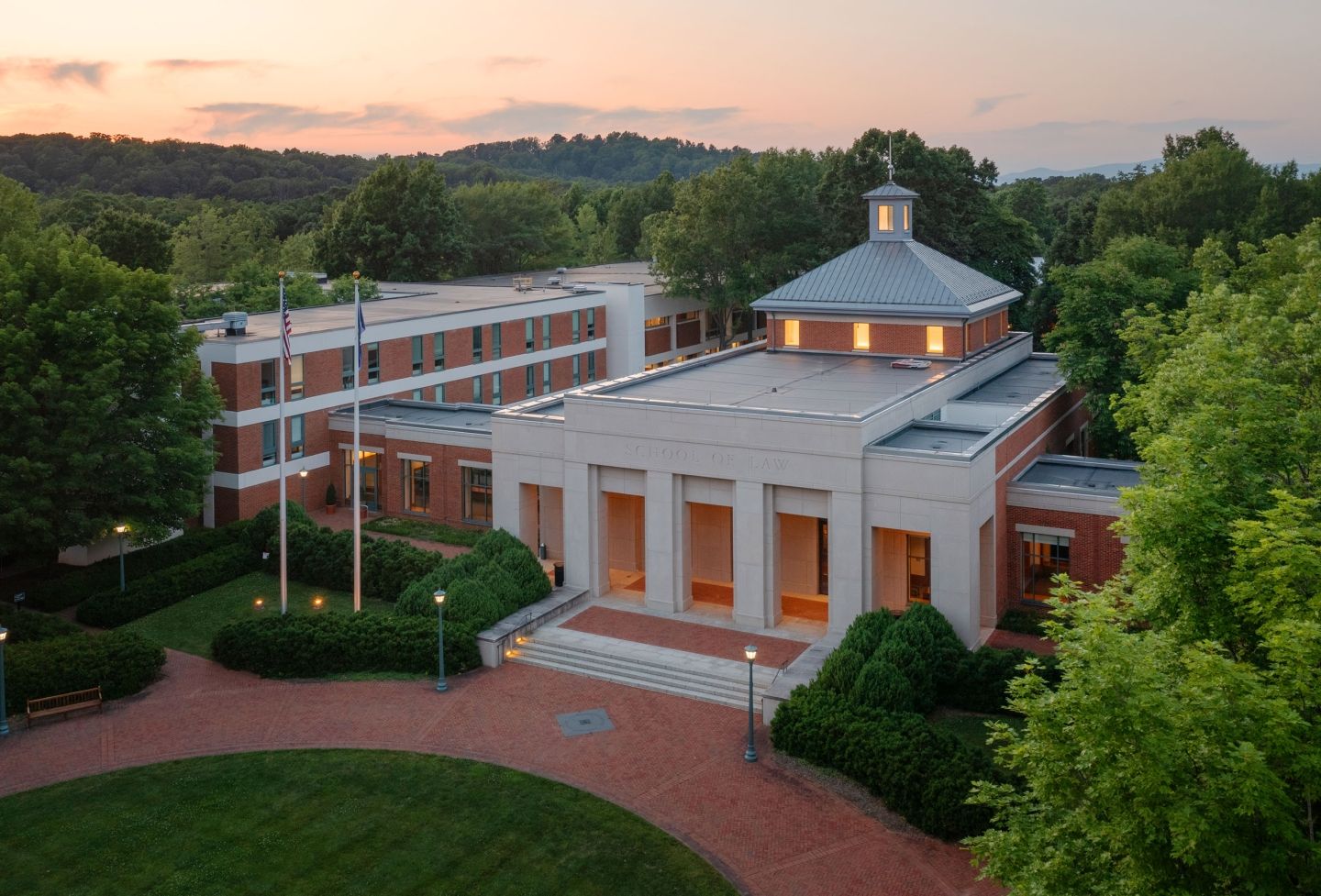Home prices keep rising and some blame restrictive zoning laws for limiting new housing supply. But zoning laws may not be the culprit, according to new research by Professor Richard Schragger and co-author Sarah New at the University of Virginia School of Law.

In their article “Underdevelopment Despite Upzoning,” Schragger and New studied zoning and development in Charlottesville, where the median home price currently hovers at around $500,000.

The pair aimed to determine whether parcels were fully developed under current zoning rules, to get a sense of whether “upzoning” — altering the local zoning laws to allow more development — would bring down housing costs. Schragger and New found a more complex story that may affect how cities approach zoning across the nation.
Schragger, the Walter L. Brown Professor of Law, co-directs the Program in Law, Communities and the Environment and is the author of “City Power: Urban Governance in a Global Age.” New, a web services librarian, used her master’s degree in geographic information systems to help dive into the data.
Why did you do this study?
The conventional wisdom is that eliminating land use restrictions — especially single-family zones — will lead property owners to build more housing, which will increase the housing supply and lower the cost to buy or rent a home. The studies that have looked at this question to this point are somewhat mixed, however. We decided to look at Charlottesville to try to figure out whether the residential zones of the city were too restrictive — that is, whether all their development potential had been utilized. If so, that would lend support to the theory that land use restrictions were limiting supply. If not, that would raise questions about the efficacy of upzoning. As we undertook the study, the city of Charlottesville proposed and adopted an extensive zoning reform, which basically eliminated single-family zones throughout the city, so we also wanted to establish a development baseline so that we can determine in the future whether those reforms worked.
You found that the Charlottesville area is underdeveloped even under the old zoning policies. How did you come to this conclusion, and were you surprised by the findings?
We relied on Sarah’s expertise in mapping the city; by matching addresses to parcels, studying some features of those parcels, and examining allowable density under the then-existing land use code, we could identify parcels that were: vacant; oversized and therefore potentially subdividable; underused, for example, if a single family home stood on a lot that allowed multi-family units; and lacking an allowable accessory dwelling unit. We found significant underdevelopment along all these dimensions, which was somewhat surprising. Housing costs are high in the city and the recent zoning reform was premised on the idea that the existing zoning code was too restrictive. We found that hundreds of units could have been built under pre-reform regulations.
Why are so many parcels underdeveloped? What are some of the obstacles to development?
We do not know for sure. It may simply be that the previous zoning regime didn’t provide landowners with sufficient development potential. Maybe giving them more allowable units will induce them to build — upzoning could theoretically make a housing project cost effective. But it also may be the case that single-family homeowners aren’t interested in building more; they like their large lots and aren’t interested in becoming landlords. Financing for small-scale, infill development might not be available. Local developers might not be interested in such projects at any scale. Parcel location might matter too; multifamily or apartment development might not make sense in certain areas of the city, especially for developers trying to cater to students.
Are Charlottesville’s development challenges somewhat unique, as a small college town?
To some extent, Charlottesville has a bifurcated housing market, with many single-family homeowners and many student renters. Student renters can push up the price of rental housing, especially close to the University, and so encouraging the construction of dorm-style developments might help increase supply for that group. But young families and others interested in single-family homes are likely going to avoid those student neighborhoods. The city’s zoning code has to manage these two sub-markets with different characteristics.
What are the implications of your finding that allowing more density does not necessarily generate it?
Housing affordability has become a significant concern, not just in this country, but globally. The YIMBY (“Yes in My Backyard”) movement in the U.S. has had some success, especially in California but also in cities like Charlottesville, in eliminating zoning restrictions with the promise that legal reform will bring down housing prices. But the movement to kill zoning might be promising more than it can deliver. If we find that allowing more density doesn’t generate it, or that it produces more market-rate housing without increasing regional affordability, then we should be looking at other ways to lower housing costs. That might include subsidizing low- and moderate-income housing projects, building public housing, adopting rent control or providing subsidies to homebuyers. Cities like Charlottesville are making efforts along these lines as well, but the emphasis on upzoning has sometimes skewed the debate by assuming that the market can respond to high housing costs so long as we deregulate and give developers more leeway to build. Our study provides some evidence in support of a more nuanced approach. That is not to say that zoning limits are inconsequential or don’t have bite in certain places, but only that we should have a healthy skepticism that zoning restrictions are as important a problem for affordability as advocates of zoning reform sometimes assert.
Founded in 1819, the University of Virginia School of Law is the second-oldest continuously operating law school in the nation. Consistently ranked among the top law schools, Virginia is a world-renowned training ground for distinguished lawyers and public servants, instilling in them a commitment to leadership, integrity and community service.


